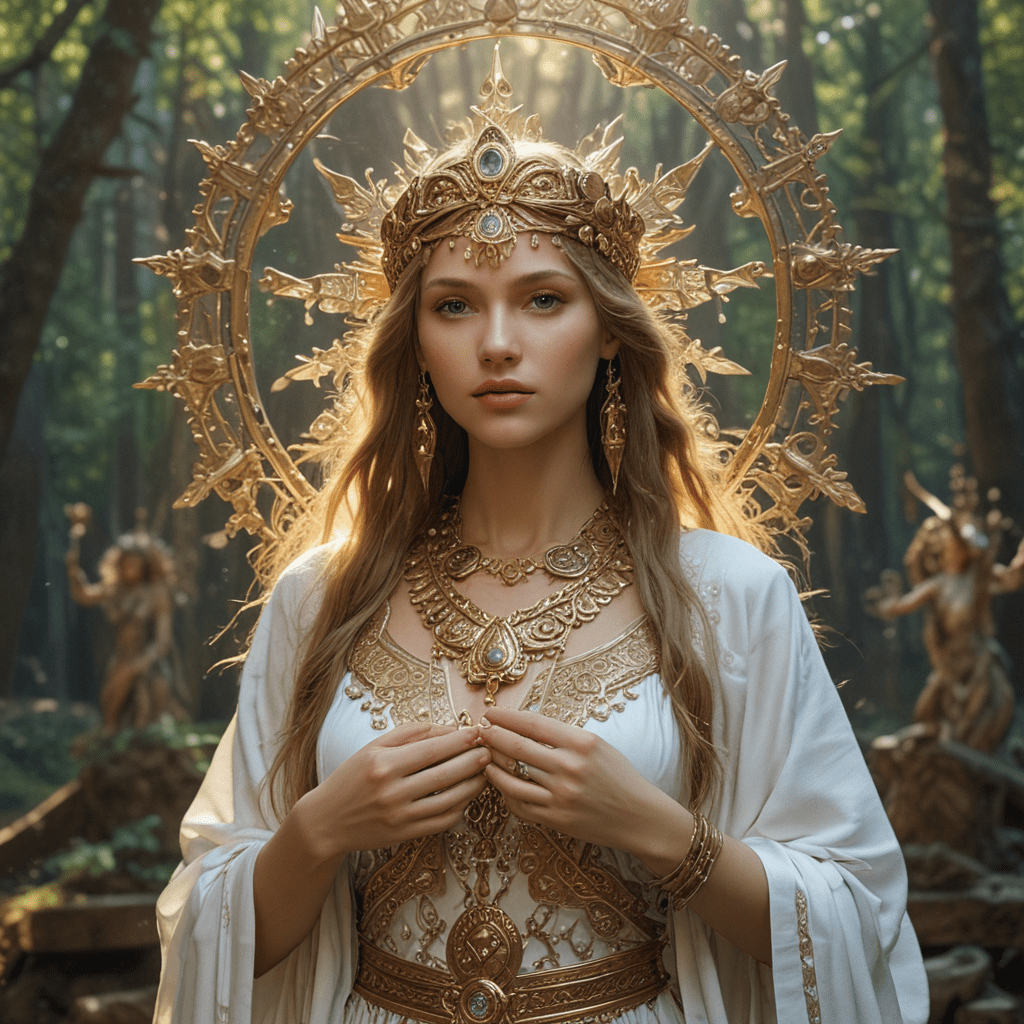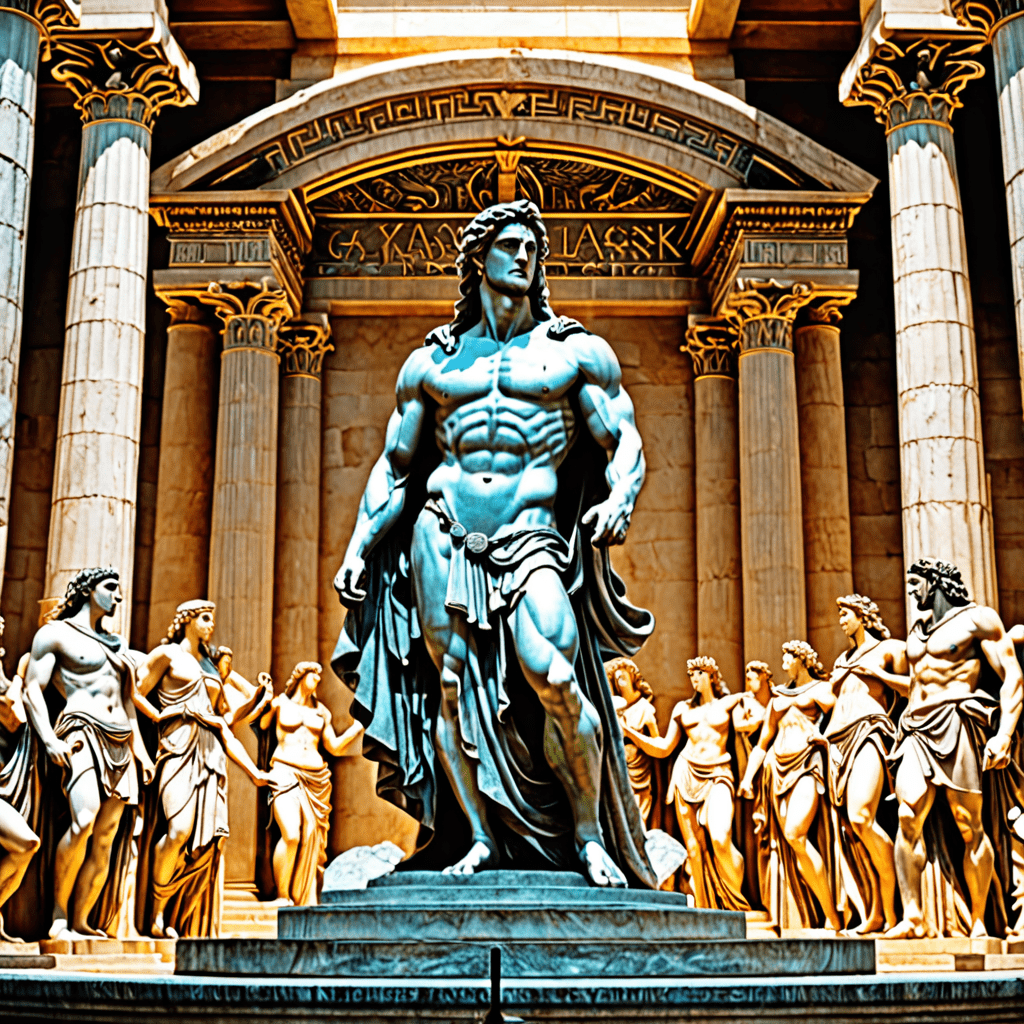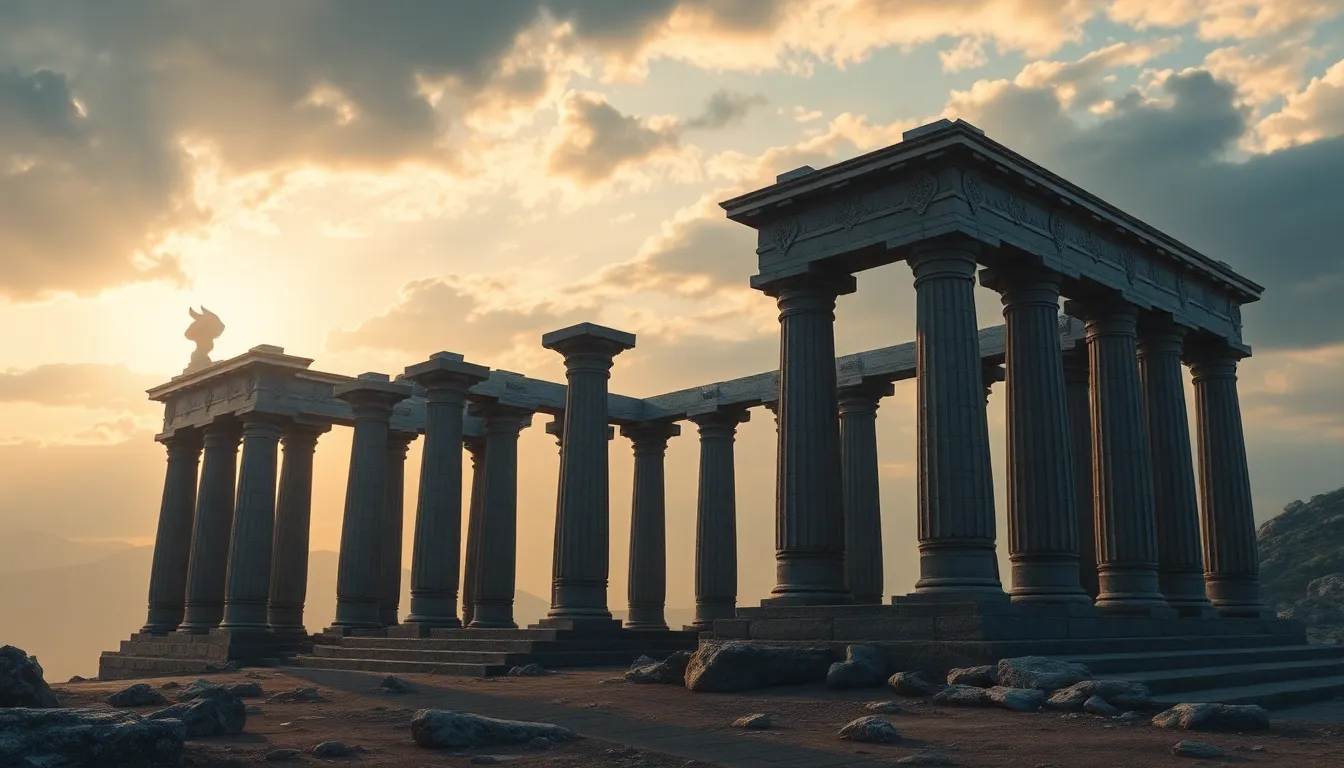Slavic Mythology: Exploring the Divine Feminine
Introduction
Slavic mythology, a rich and multifaceted tapestry of beliefs and narratives, holds the divine feminine in high esteem. The pantheon of Slavic gods and goddesses brims with powerful female figures, each embodying distinct aspects of the feminine essence. These deities played pivotal roles in the lives of the ancient Slavs, influencing everything from fertility to warfare to the very fabric of nature itself.
Goddesses and Female Deities
The Slavic pantheon boasts a diverse array of goddesses, each possessing unique attributes and responsibilities. Among the most prominent is Mokosh, the goddess of fate and destiny, whose very name means "to spin." She spins the threads of life and death, controlling the destiny of mortals. Another prominent goddess is Živa, the
6. Healing and Wisdom Goddesses
In Slavic mythology, the divine feminine also encompasses healing and wisdom. Živa, the goddess of life, is invoked for protection against illness and disease. She is believed to possess the ability to heal wounds, both physical and emotional.
Another important healing goddess is Morana, the goddess of winter and death. While her name may evoke fear, Morana is not a malevolent figure. She represents the necessary cycle of life and death, and her presence ensures the fertility of the earth.
7. The Triple Goddess and Transformation
The concept of the triple goddess is prevalent in Slavic mythology. This goddess embodies the three stages of life: birth, life, and death. In some traditions, she is represented by three sisters: Lada, Lelya, and Poludnya. These goddesses govern the seasons, the cycle of life, and the transformation of the soul.
8. Female Spirits and Supernatural Beings
Slavic folklore is rich in tales of female spirits and supernatural beings. Among these are the Rusalky, water nymphs who live in rivers and lakes. They are known for their beauty and their ability to lure men to their deaths.
Another type of female spirit is the Baba Yaga, a wise and powerful witch who lives in a hut on chicken legs. She is often depicted as a protector of children and a guide to the underworld.
9. Rituals and Worship
The ancient Slavs practiced various rituals and ceremonies to honor their female divinities. These rituals included offerings, prayers, and festivals. During these festivals, people would gather to sing, dance, and celebrate the goddesses.
10. Legacy and Influence
The divine feminine continues to hold a significant place in Slavic culture today. Her presence can be seen in folklore, art, literature, and spirituality. The goddesses and female spirits of Slavic mythology remain a source of inspiration and empowerment for people of all ages.
FAQ
Who is the most important Slavic goddess?
- Mokosh, the goddess of fate and destiny, is considered the most important Slavic goddess.
What is the name of the Slavic goddess of love?
- Lada is the Slavic goddess of love, beauty, and marriage.
What is the name of the Slavic goddess of death?
- Morana is the Slavic goddess of winter and death.
What is the name of the Slavic goddess of wisdom?
- Živa is the Slavic goddess of life, healing, and wisdom.
What is the name of the Slavic goddess of water?
- Veles is the Slavic god of water, cattle, and the underworld. His wife, Devana, is sometimes referred to as the goddess of water.


